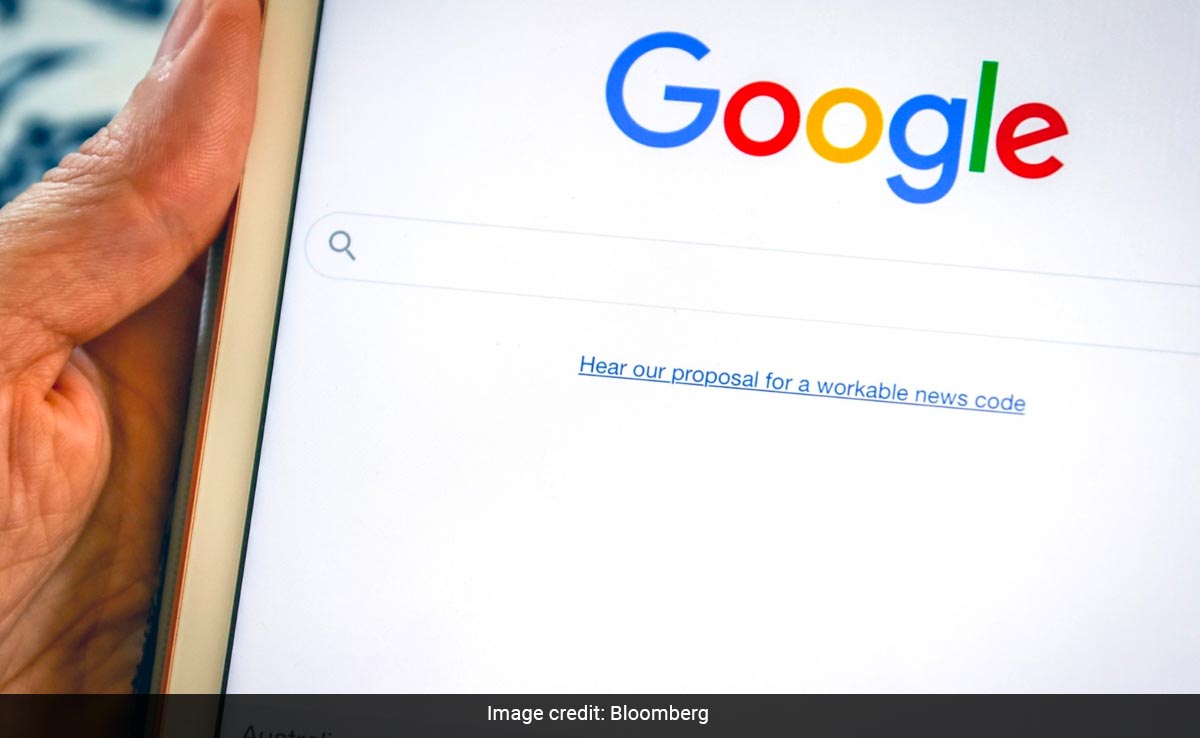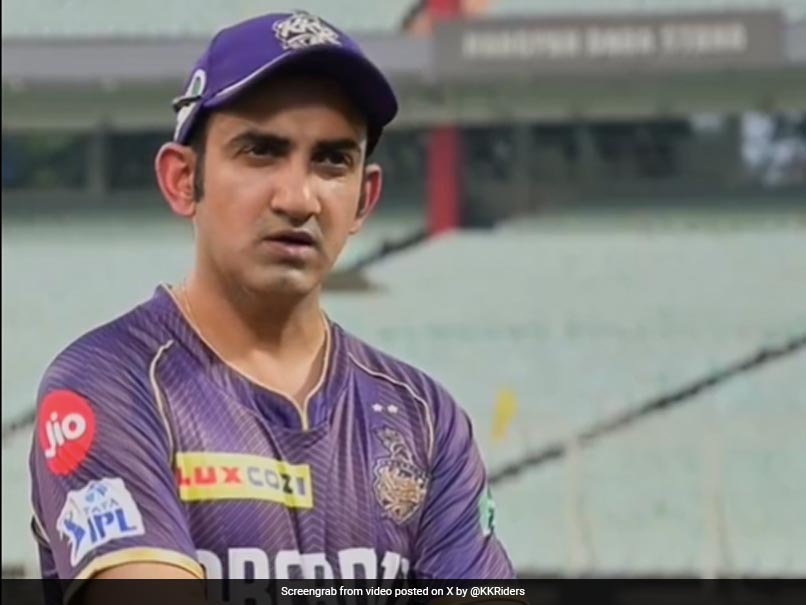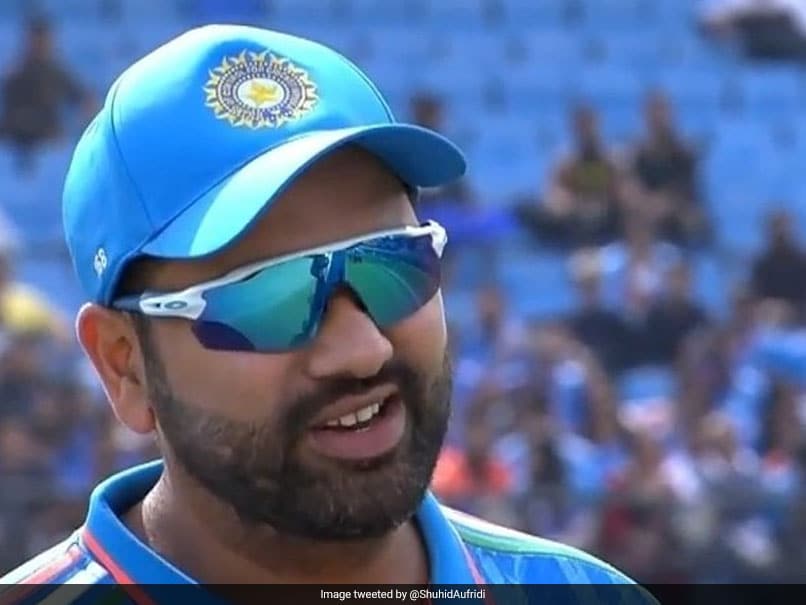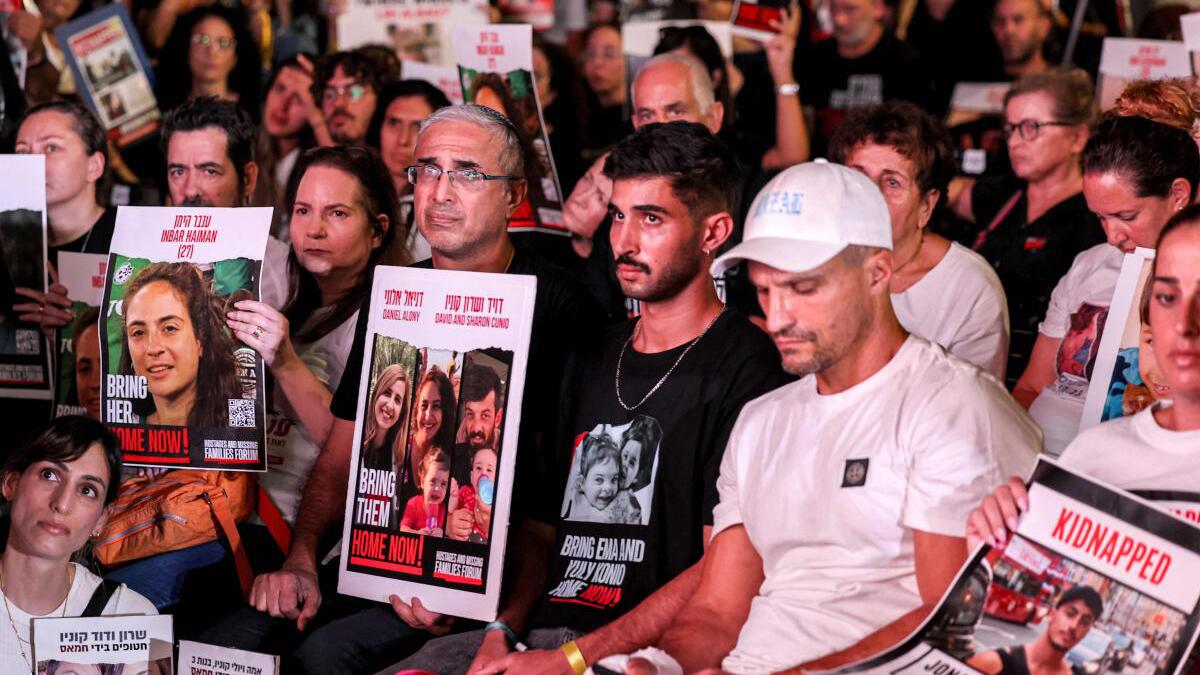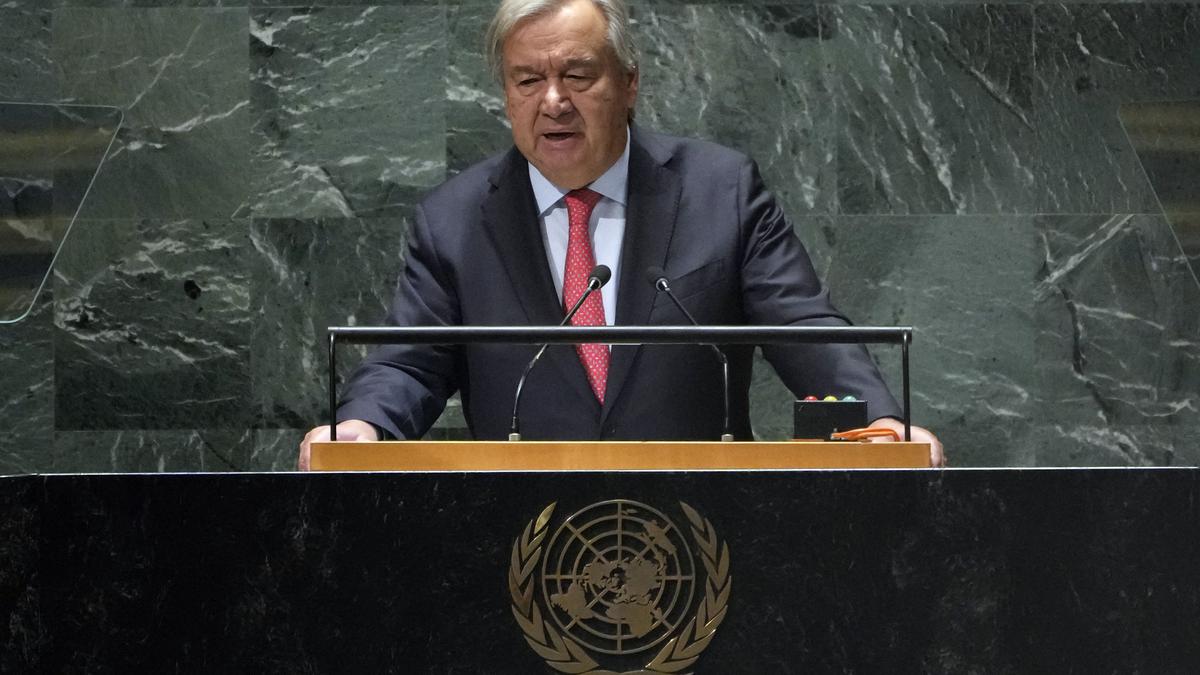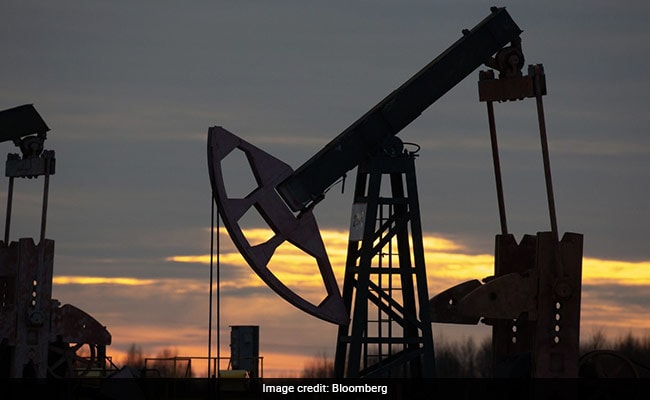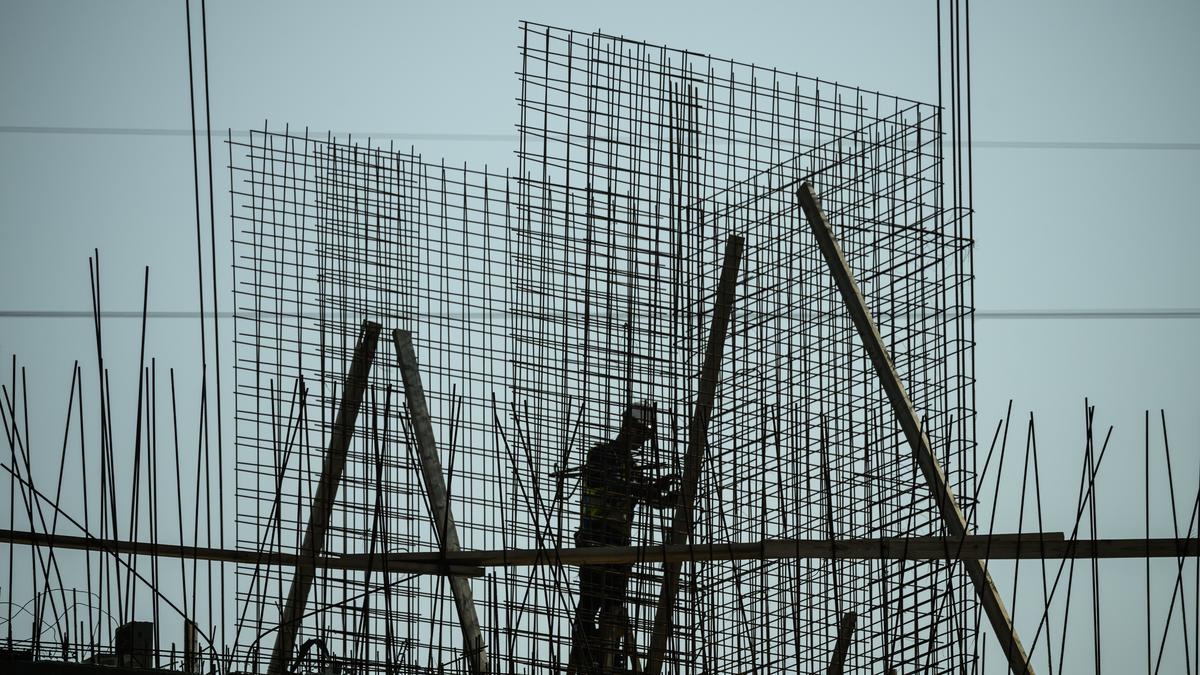A TV screen shows an image of North Korean leader Kim Jong Un, left, and Russian President Vladimir Putin during a news program, at the Seoul Railway Station in Seoul, South Korea, on June 19, 2024. North Korean leader Kim promised full support for Russia’s war in Ukraine before beginning a one-on-one meeting with Russian President Putin in Pyongyang on Wednesday, in a bid to expand their economic and military cooperation and show a united front against Washington.
| Photo Credit: AP
South Korea said on June 20 that it would consider sending arms to Ukraine, a major policy change suggested after Russia and North Korea rattled the region and beyond by signing a pact to come to each other’s defense in the event of war.
The comments from a senior presidential official came hours after North Korea’s state media released the details of the agreement, which observers said could mark the strongest connection between Moscow and Pyongyang since the end of the Cold War. It comes at a time when Russia faces growing isolation over its war in Ukraine and both countries face escalating standoffs with the West.
According to the text of the deal published by the North’s official Korean Central News Agency, if either country gets invaded and is pushed into a state of war, the other must deploy “all means at its disposal without delay” to provide “military and other assistance.” But the agreement also says that such actions must be in accordance with the laws of both countries and Article 51 of the United Nations Charter, which recognizes a U.N. member state’s right to self-defense.
North Korean leader Kim Jong Un and Russian President Vladimir Putin signed the pact at a summit on June 19 in Pyongyang. Both described it as a major upgrade of bilateral relations, covering security, trade, investment, cultural and humanitarian ties.
The office of South Korean President Yoon Suk Yeol issued a statement condemning the agreement, calling it a threat to the South’s security and a violation of U.N. Security Council resolutions, and warned that it would have negative consequences on Seoul’s relations with Moscow.
“It’s absurd that two parties with a history of launching wars of invasion — the Korean War and the war in Ukraine — are now vowing mutual military cooperation on the premise of a preemptive attack by the international community that will never happen,” Mr. Yoon’s office said.
Mr. Yoon’s national security adviser, Chang Ho-jin, said Seoul would reconsider the issue of providing arms to Ukraine to help the country fight off Russia’s invasion.
South Korea, a growing arms exporter with a well-equipped military backed by the United States, has provided humanitarian aid and other support to Ukraine while joining U.S.-led economic sanctions against Moscow. But it has not directly provided arms to Kyiv, citing a longstanding policy of not supplying weapons to countries actively engaged in conflict.
The summit between Kim and Putin came as the U.S. and its allies expressed growing concern over a possible arms arrangement in which Pyongyang provides Moscow with badly needed munitions for its war in Ukraine, in exchange for economic assistance and technology transfers that could enhance the threat posed by Kim’s nuclear weapons and missile program.
Following their summit, Mr. Kim said the two countries had a “fiery friendship,” and that the deal was their “strongest-ever treaty,” putting the relationship at the level of an alliance. He vowed full support for Russia’s war in Ukraine. Mr. Putin called it a “breakthrough document” reflecting shared desires to move relations to a higher level.
North Korea and the former Soviet Union signed a treaty in 1961, which experts say necessitated Moscow’s military intervention if the North came under attack. The deal was discarded after the collapse of the USSR, replaced by one in 2000 that offered weaker security assurances.
There’s ongoing debate on how strong of a security commitment the deal entails. While some analysts see the agreement as a full restoration of the countries’ Cold War-era alliance, others say the deal seems more symbolic than substantial.
Ankit Panda, a senior analyst at the Carnegie Endowment for International Peace, said the text appeared to be carefully worded as to not imply automatic military invention.
But “the big picture here is that both sides are willing to put down on paper, and show the world, just how widely they intend to expand the scope of their cooperation,” he said.
The deal was made as Mr. Putin visited North Korea for the first time in 24 years, a trip that showcased their personal and geopolitical ties with Kim hugging Putin twice at the airport, their motorcade rolling past giant Russian flags and Putin portraits, and a welcoming ceremony at Pyongyang’s main square attended by what appeared to be tens of thousands of spectators.
According to KCNA, the agreement also states that Pyongyang and Moscow must not enter into agreements with third parties if they infringe on the “core interests” of any of them and must not participate in actions that threaten those interests.
KCNA said the agreement requires the countries to take steps to prepare joint measures for the purpose of strengthening their defense capabilities to prevent war and protect regional and global peace and security. The agency didn’t specify what those steps are, or whether they would include combined military training and other cooperation.
The agreement also calls for the countries to actively cooperate in efforts to establish a “just and multipolar new world order,” KCNA said, underscoring how the countries are aligning in face of their separate confrontations with the United States.
How the pact affects Russia’s relations with the South is a key development to watch, said Jenny Town, a senior fellow at the Stimson Center in Washington and director of the North Korea-focused 38 North website.
“Seoul had already signed onto sanctions against Russia for its invasion of Ukraine, souring its relations with Moscow. Now with any ambiguity of Russia’s partnership with North Korea removed, how will Seoul respond?” she said. “Is there a point where it decides to cut or suspend diplomatic ties with Russia or expel its ambassador? And have we reached it?”
Mr. Kim in recent months has made Russia his priority as he pushes a foreign policy aimed at expanding relations with countries confronting Washington, embracing the idea of a “new Cold War” and trying to display a united front in Putin’s broader conflicts with the West.
Tensions on the Korean Peninsula are at their highest point in years, with the pace of both Mr. Kim’s weapons tests and combined military exercises involving the U.S., South Korea and Japan intensifying in a tit-for-tat cycle.
The Koreas also have engaged in Cold War-style psychological warfare that involved North Korea dropping tons of trash on the South with balloons, and the South broadcasting anti-North Korean propaganda with its loudspeakers.


